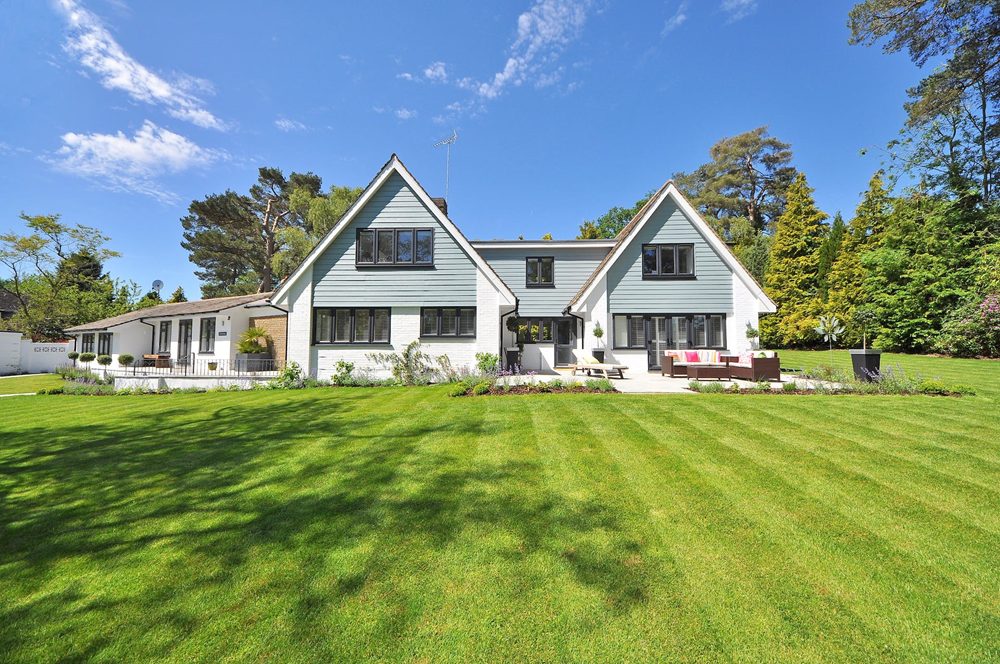Sustainable Landscaping: Eco-Friendly Practices for Vibrant Spaces


Sustainable Landscaping: Eco-Friendly Practices for Vibrant Spaces
Creating a harmonious and eco-friendly outdoor space is not only aesthetically pleasing but also contributes to environmental conservation. Sustainable landscaping practices are gaining popularity as people recognize the importance of preserving nature while enhancing their surroundings. In this article, we will explore various eco-friendly techniques to achieve a vibrant and sustainable landscape.
Water Conservation Strategies
One of the fundamental principles of sustainable landscaping is efficient water use. Incorporating water-saving technologies such as drip irrigation systems, rain gardens, and smart watering schedules can significantly reduce water consumption. Choosing native and drought-resistant plants adapted to the local climate further minimizes the need for excessive irrigation.
Soil Health and Composting
Maintaining healthy soil is essential for sustainable landscaping. Utilizing organic fertilizers and compost not only enriches the soil but also promotes biodiversity. Composting kitchen waste, leaves, and other organic materials reduces the reliance on synthetic fertilizers, contributing to a healthier ecosystem in your garden.
Native Plant Selection
Selecting native plants for your landscape offers numerous benefits. Native plants are adapted to the local environment, requiring less water and minimal maintenance. They also support local wildlife, providing habitats and food sources for birds, butterflies, and other beneficial insects. Choosing native plants contributes to the overall ecological balance of your garden.
Wildlife-Friendly Features
Create a welcoming environment for wildlife by incorporating features like bird feeders, bird baths, and insect hotels into your landscaping design. These elements not only attract and support local wildlife but also enhance the overall biodiversity of your outdoor space. Consider leaving some areas of your garden untouched to provide natural habitats for insects and small animals.
Energy-Efficient Lighting
Lighting is an essential aspect of landscaping, but it can also have environmental impacts. Opt for energy-efficient LED lighting to illuminate your outdoor space. Use solar-powered lights whenever possible to reduce electricity consumption. Properly designed lighting can enhance the beauty of your landscape while minimizing its ecological footprint.
Permeable Surfaces
Replace traditional impermeable surfaces like concrete and asphalt with permeable alternatives such as gravel, permeable pavers, or grass pavers. Permeable surfaces allow rainwater to infiltrate the soil, reducing runoff and preventing water pollution. This approach contributes to groundwater recharge and helps maintain a healthier ecosystem.
Sustainable Landscaping Practices for Everyone
Whether you have a small backyard or a vast garden, implementing sustainable landscaping practices is achievable for everyone. By making conscious choices in plant selection, water usage, and design elements, you can create a beautiful and environmentally friendly outdoor space.
In conclusion, sustainable landscaping practices not only enhance the visual appeal of your surroundings but also play a crucial role in environmental conservation. By incorporating water conservation strategies, promoting soil health, selecting native plants, and creating wildlife-friendly features, you contribute to a more sustainable and vibrant ecosystem. Consider these eco-friendly techniques to transform your outdoor space into a haven that benefits both you and the environment.
To learn more about sustainable landscaping practices, visit Sustainable landscaping practices.







